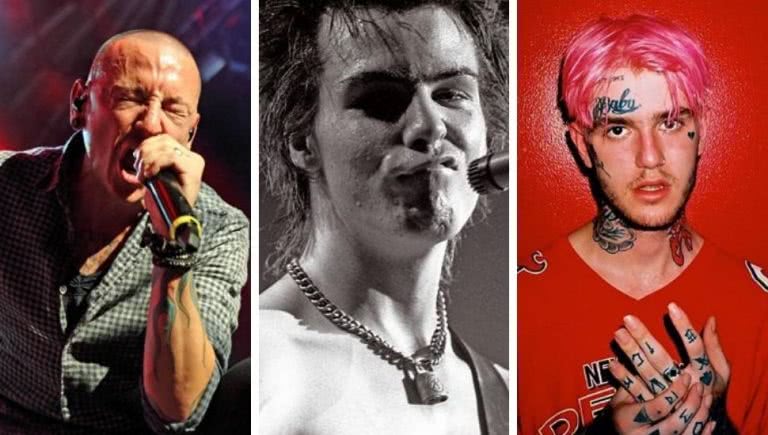Can a musician’s genre determine when they’ll meet their mortality?
Chris Cornell, Chester Bennington, Lil Peep, Avicii, XXXTentacion, Jimmy Wopo, Mac Miller, Keith Flint, Nipsey Hussle – these are the names of just some of the artists who have died well before their time as a result of suicide, drug overdoses or murder.
However devastating it is, it’s not abnormal or new to see a young musician’s life suddenly cut short. Just look at Janis Joplin, Jimi Hendrix, Jim Morrison, Sid Vicious, The Notorious B.I.G., Tupac Shakur, Kurt Cobain and Amy Winehouse – all artists who dominated a myriad of decades and who each passed away prematurely.
It begs the question, are troubled souls simply more likely to drift towards a musical career path? One Australian academic sought to find out just this, and if specific genres predetermine how they may meet their demise.
Dr Dianna Kenny, Professor of Psychology and Music at the University of Sydney, conducted a study on this phenomenon using a sample size of 13,000 deceased artists.
Not only did the 2015 study show that popular musicians tend to die up to 25 years younger than the average person and have higher rates of suicide, homicide and accidental deaths — it also found that the genre of music an artist identities with is a massive factor when it comes to how they could meet their demise.
For example, while murder accounted for just six per cent of all deaths across the entire sample, more than 50 per cent of hip-hop and rap musicians in her sample had died as a result of murder.
Love Music?
Get your daily dose of metal, rock, indie, pop, and everything else in between.
“This could be due to these genres’ strong associations with drug-related crime and gang culture,” Kenny wrote.
She continued, “People who go into rap music or hip hop or punk, they’re in a much more occupational hazard profession compared to war.”
“We don’t lose half our army in a battle.”
While the study seemed to indicate rap and hip-hop artists have the lowest risk of heart disease and cancer, Kenny says that this is a result of these artists “having not yet lived long enough to fall into the highest-risk ages for heart and liver-related illnesses.
Consequently, they had the “lowest rates of death in these categories.”

As for other genres, there were interesting patterns found among the causes of death for metal, rock and punk musicians.
Nineteen per cent of deceased metal musicians took their own lives, as did 11 per cent of deceased punks, which is staggering when compared with the Gospel musicians who had the lowest suicide rate at just 0.9 per cent.
“Perhaps protected by their religious beliefs,” Kenny explained.
“I have long speculated that genres, like heavy metal, are manifestations of band members’ psychological states, which express their rage, impotence and despair, and provide a medium through which vulnerable musicians can project these feelings onto receptive audiences and detractors alike,” Kenny wrote in her book.
She goes on to explain that there’s a combination of factors generally present in the music industry, such as “the ubiquitous presence of alcohol and other substances of addiction, irregular hours, touring, high levels of stress, performance anxiety,” Kenny said.
For those who experienced trauma throughout their lives, the glamourisation of the “sex, drugs, rock’n’roll” mentality can see young artists turn to promiscuity, dangerous behaviour and substance abuse to deal with their suffering.
Sadly, it looks like the old adage “live fast, die young” does ring true after all.
Check out ‘One More Light’ by Linkin Park:


































